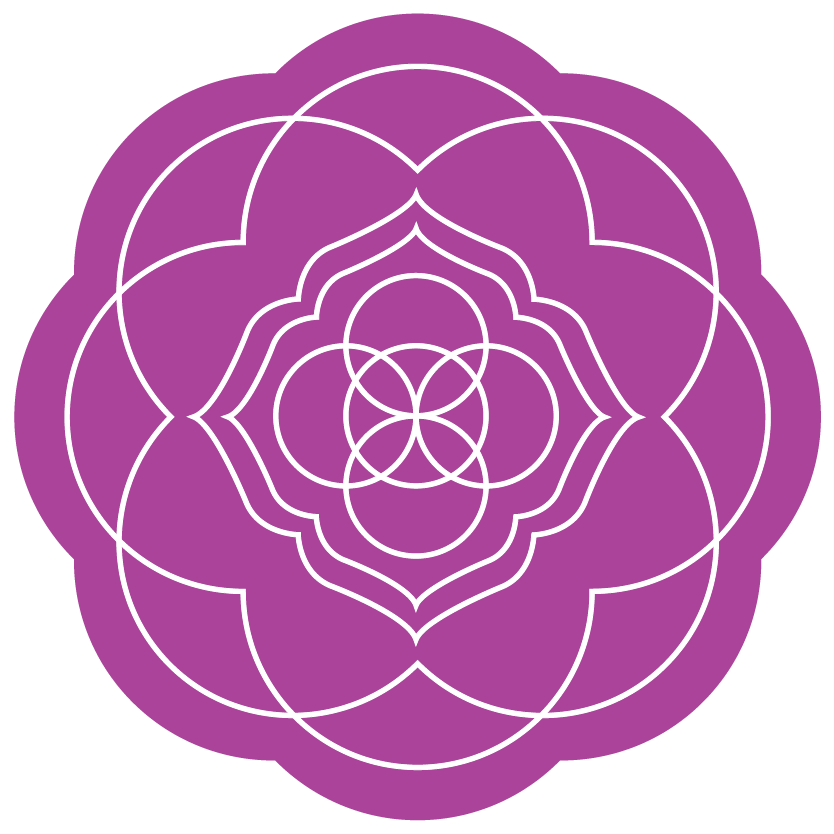Creative Healing: Simple Crafts for Better Mental and Physical Health
Introduction to arts and crafts for mental health
As an art therapist, I believe in the importance of holistic therapies and being able to adapt to different client needs. The creative process allows us to make connections to ourselves, others, and the world around us. Crafting can be helpful for transformation, communication, stress relief, emotional processing, and more. I found a quote that I’d like to share that demonstrates the significance of crafting and its connection to personal well-being. Gauntlett (2011) described craft as “the inherent satisfaction of making; the sense of being alive within the process; and the engagement with ideas, learning, and knowledge which come not before or after but within the practice of making.” In this post I will talk about the advantages of arts and crafts, different types or crafting, and how those specific types provide mental health benefits.
Benefits of arts and crafts activities
Arts and crafts have many benefits that can enhance well-being and mental health. Crafting allows for sensory and kinesthetic engagement. When engaging with art making on the sensory level, one is focusing on tactile sensations, movement, and proprioception. This can be accessed through exploring different textures, movements, engaging with art materials through touch, and more. This sensory stimulation increases bodily awareness and promotes relaxation, reduces anxiety, and facilitates emotional expression and increases emotional regulation.
When engaging with art on a kinesthetic level, one learns to engage the body in movement and physical expression. Art making emphasizes the connection between body sensations/movements and emotional experiences. Through different movements, the client can access and express emotions that may be difficult to verbalize which allows for a more holistic experience. Kinesthetic activities also promote relaxation, stress, reduction, and increased bodily awareness. Crafting not only accesses different levels of the human experience, but is also beneficial because it acts as a more accessible art form for people who might feel intimidated by the art making process. It also offers the potential for greater socialization by engaging in craft groups.
Types of arts and crafts for mental wellness
Crafting includes but is not limited to paper-based crafts, textile work, clay and pottery, and other DIY crafts. Each of these specific processes has benefits that allow for the healing of mental health conditions such as anxiety, trauma, emotional regulation, and more.
Paper-Based Crafts
Paper based crafts consist of things like origami, collaging, book making/altered books, and more, and have many benefits. Through book making and altered books, you can address trauma through storytelling, transformation, and the power of containment. Through folding and origami you can reduce stress through the meditative like qualities, and through collaging you can enhance motor skills and coordination through cutting, folding, and manipulating.
Textile Work
Textile work can consist of things like fabric crafting, sewing, knitting, crochet, embroidery, and more. These processes can evoke different sensory stimulations through the engagement of different fabrics, can help with emotional regulation and processing, relaxation, and enhanced fine motor skills. Knitting, crochet, and embroidery provides a rhythmic, repetitive activity that allows for the decrease of stress and anxiety and increased awareness in the present moment. Sewing, quilting, or fabric collage can be used for symbolic expressions of emotion and grief work. All of these processes have the ability to serve as a metaphor for the process of healing and transformation as the fabric pieces are stitched together to create something beautiful. Themes such as interconnectedness, resilience, and growth can all be explored through the use of textiles.
Clay and Pottery
The calming and shaping of clay, the rhythmic motion of a wheel, and the feeling of clay in your hands can improve your mood and mental well-being, center your mind, and can help with emotional processing. The motions of working clay - squeezing, kneading, flattening, and rolling - can reveal emotions from our subconscious. This is an ideal way to express and explore strong emotions and can also provide emotional catharsis, or emotional release, with the ability to destroy, squeeze, separate, and transform it, which also can help reduce depression and anxiety. The use of clay and pottery also provides bilateral stimulation which helps with emotional regulation, trauma processing, reduced anxiety and stress, and an increase in the mind-body connection.
Conclusion
All of these materials, plus more, have the ability to transform, empower, and connect people to the world around them. The therapeutic benefits of arts and crafts, particularly in the realm of mental health, are multifaceted and through the creative process, individuals can tap into various levels of themselves and their emotions. For further reading, I highly recommend looking into this book ->
If you’re interested in art therapy and live in Illinois, visit my bio to schedule an appointment!



